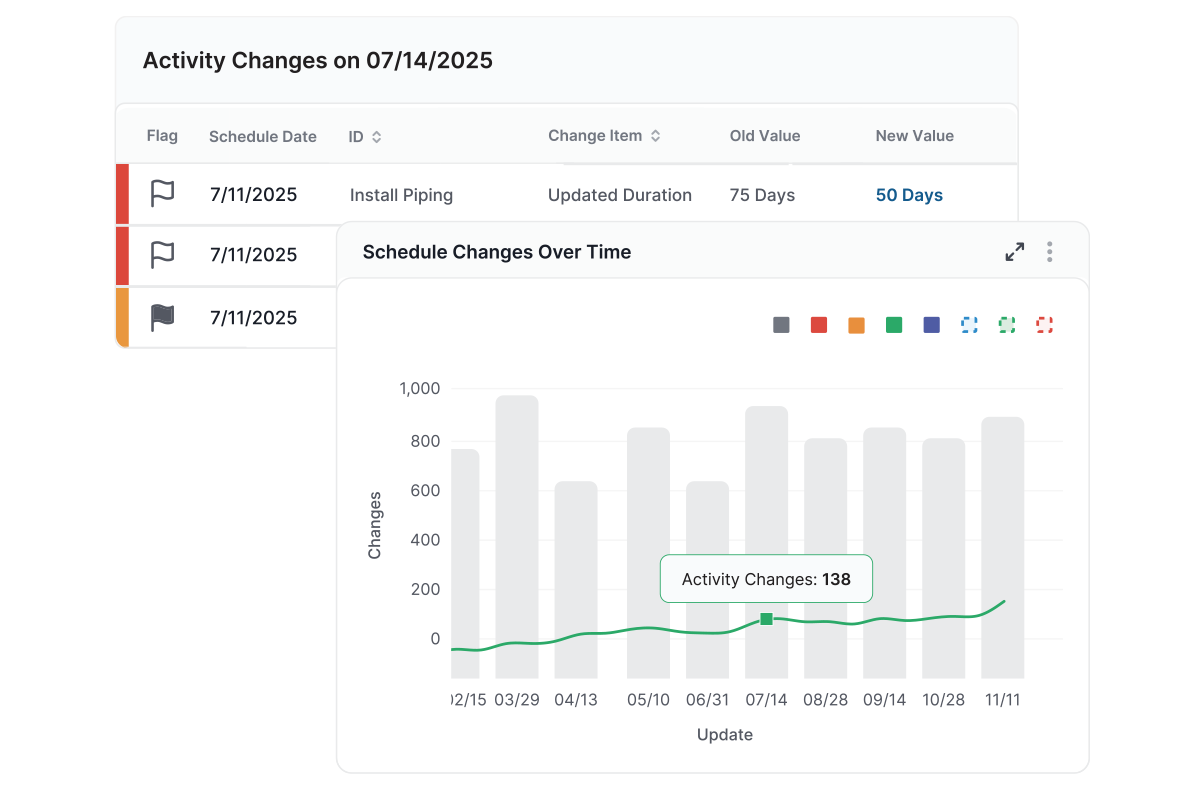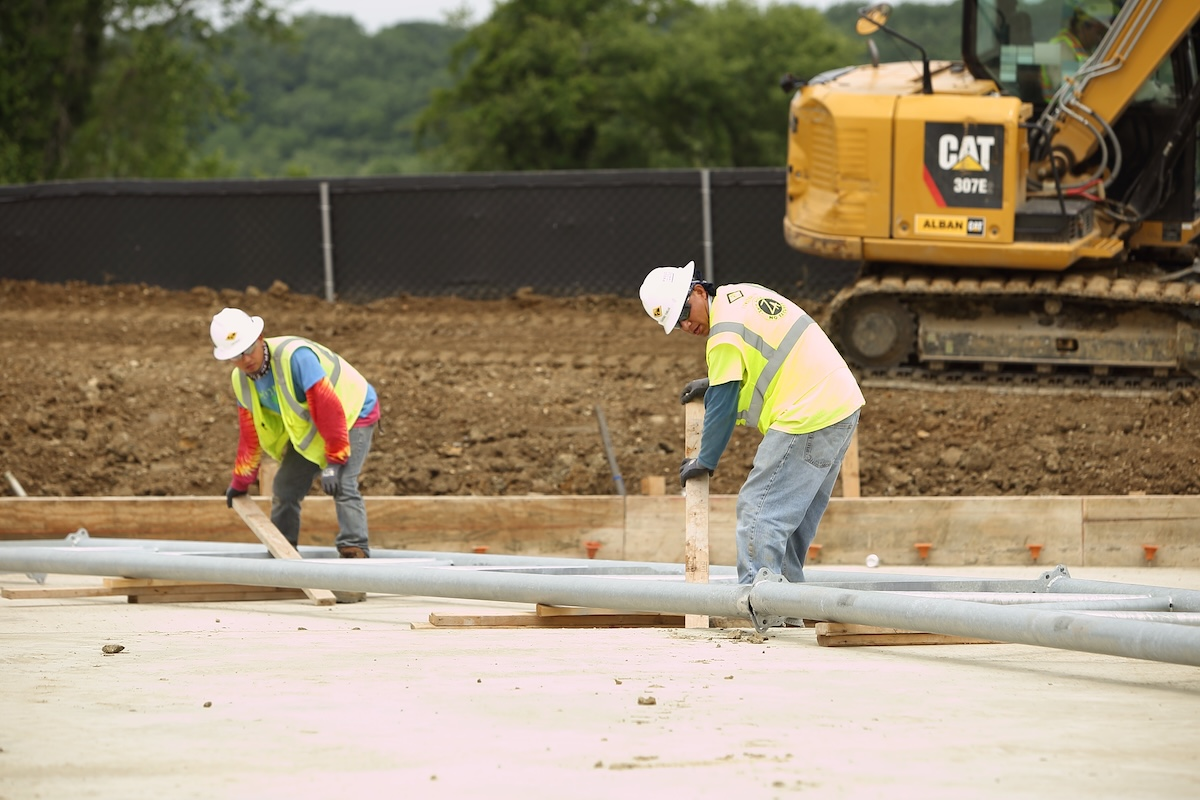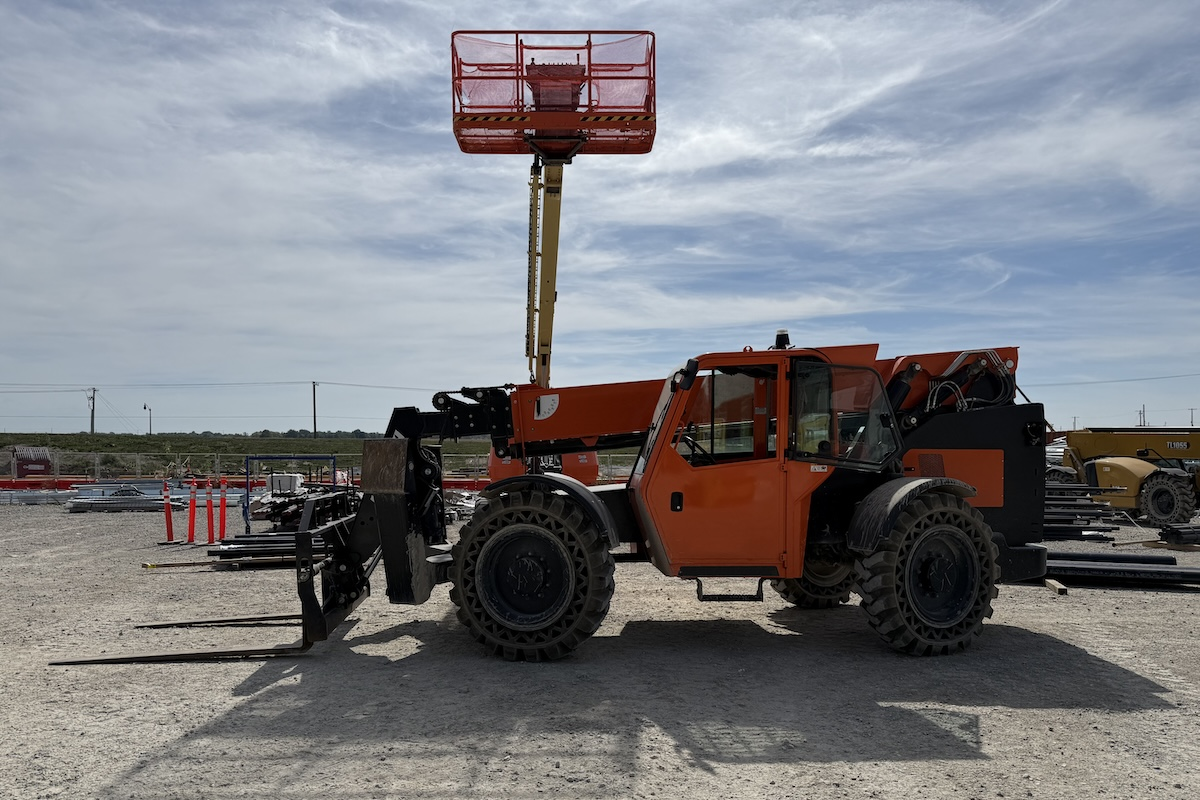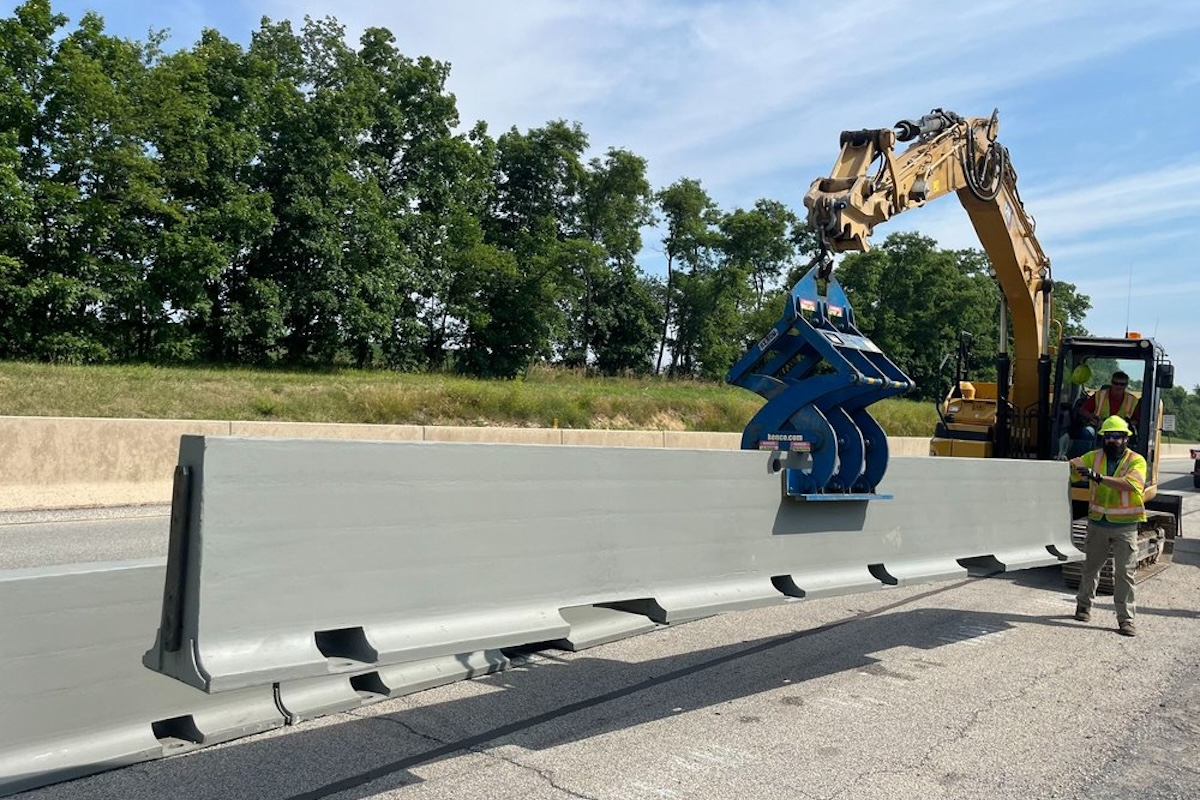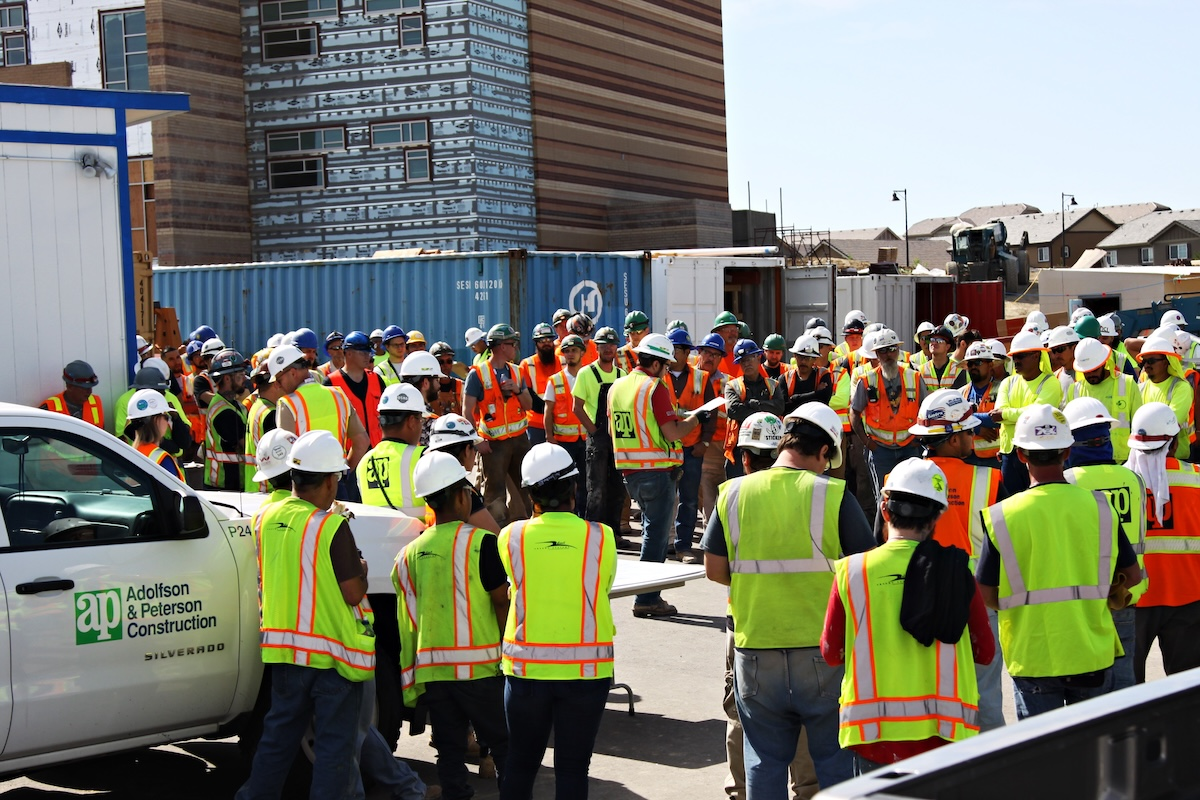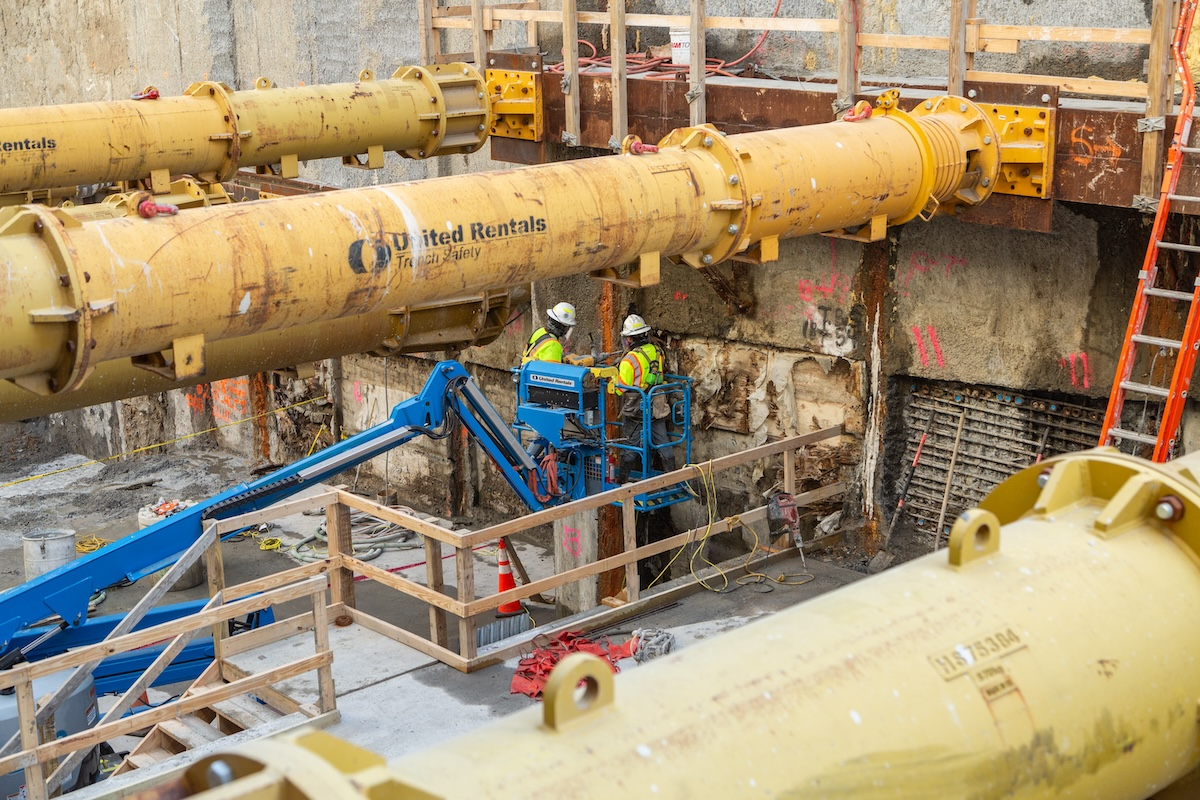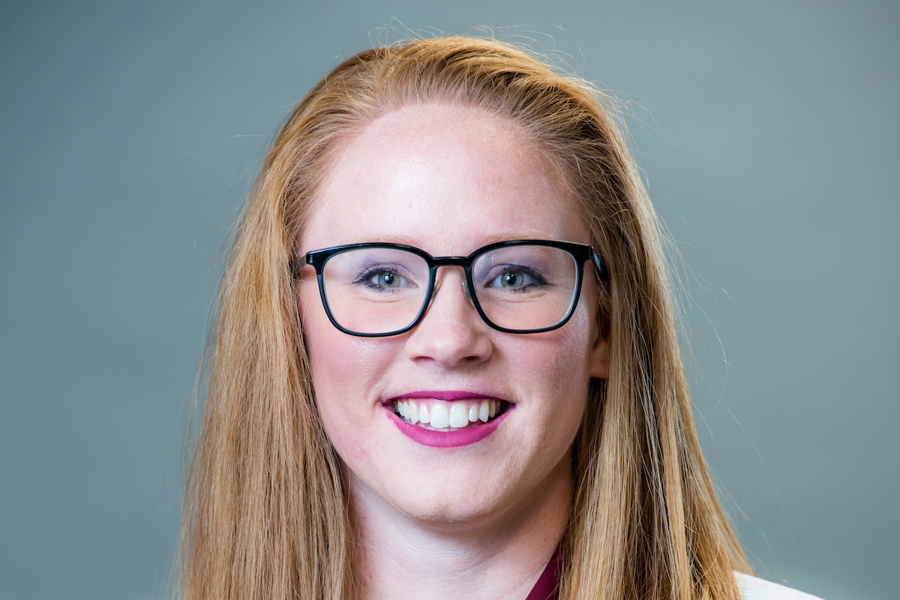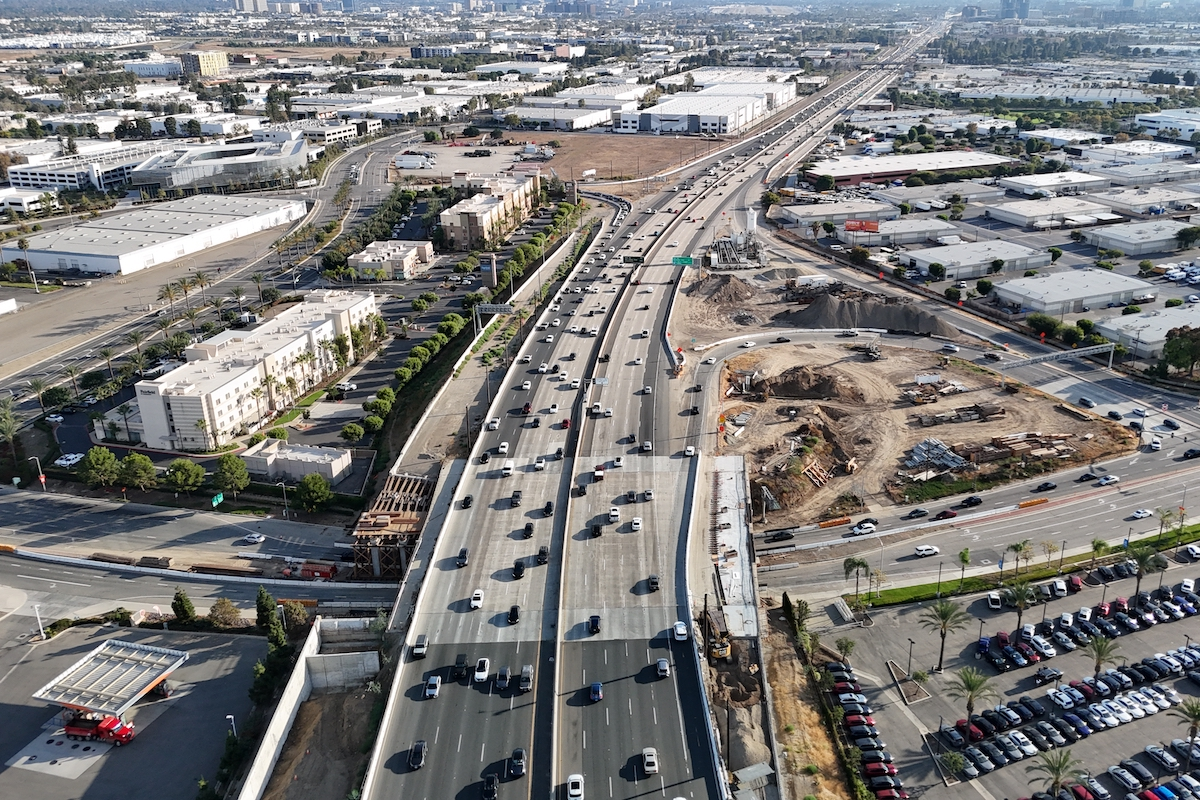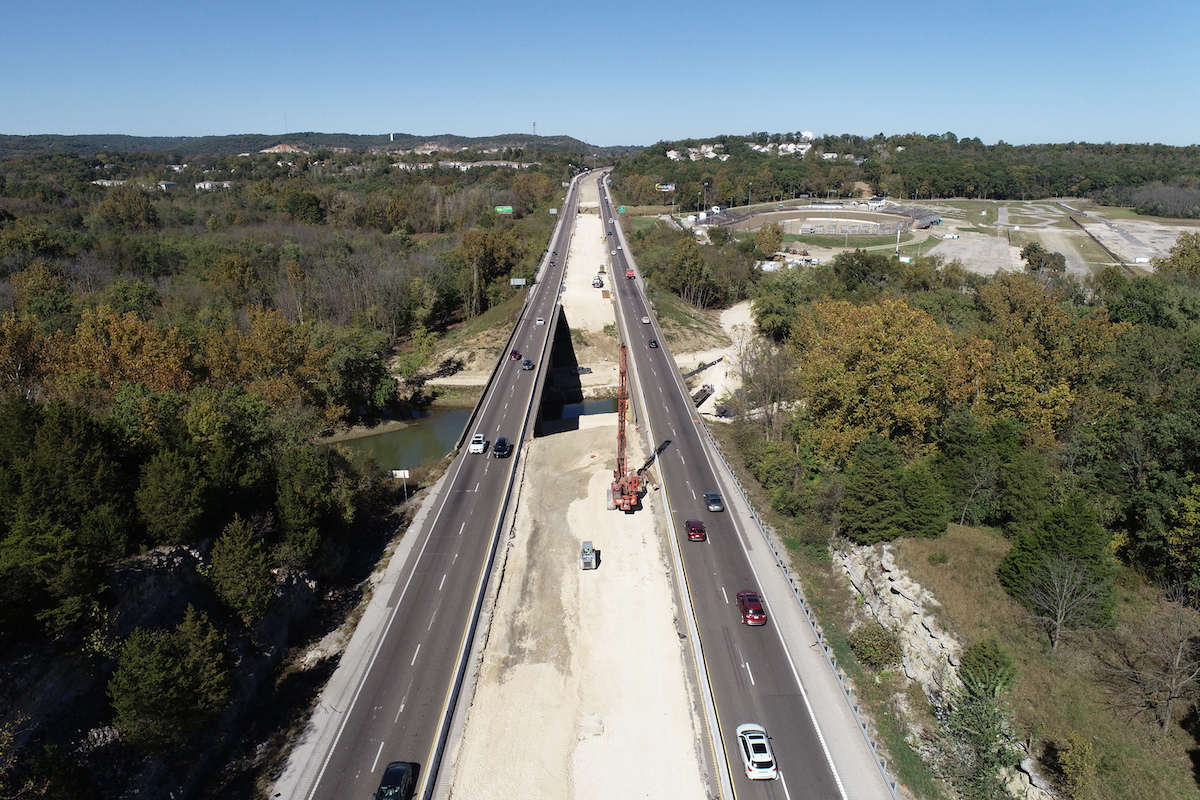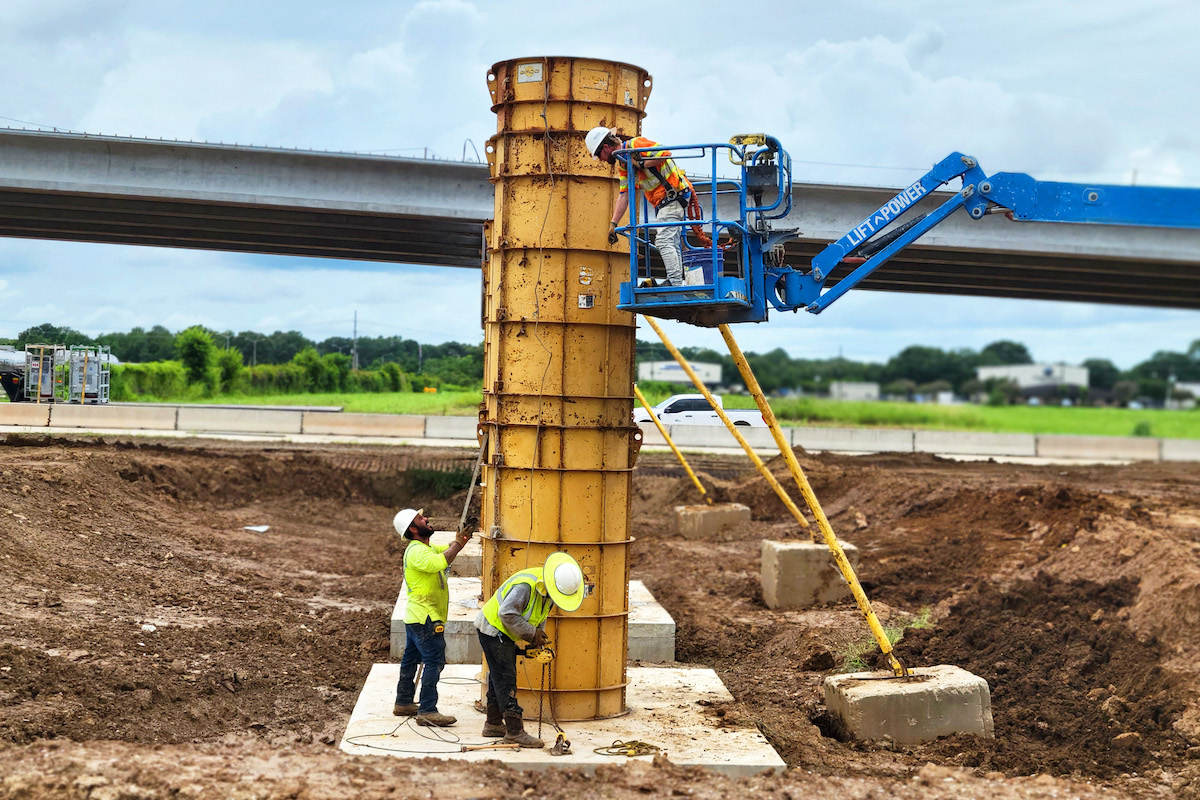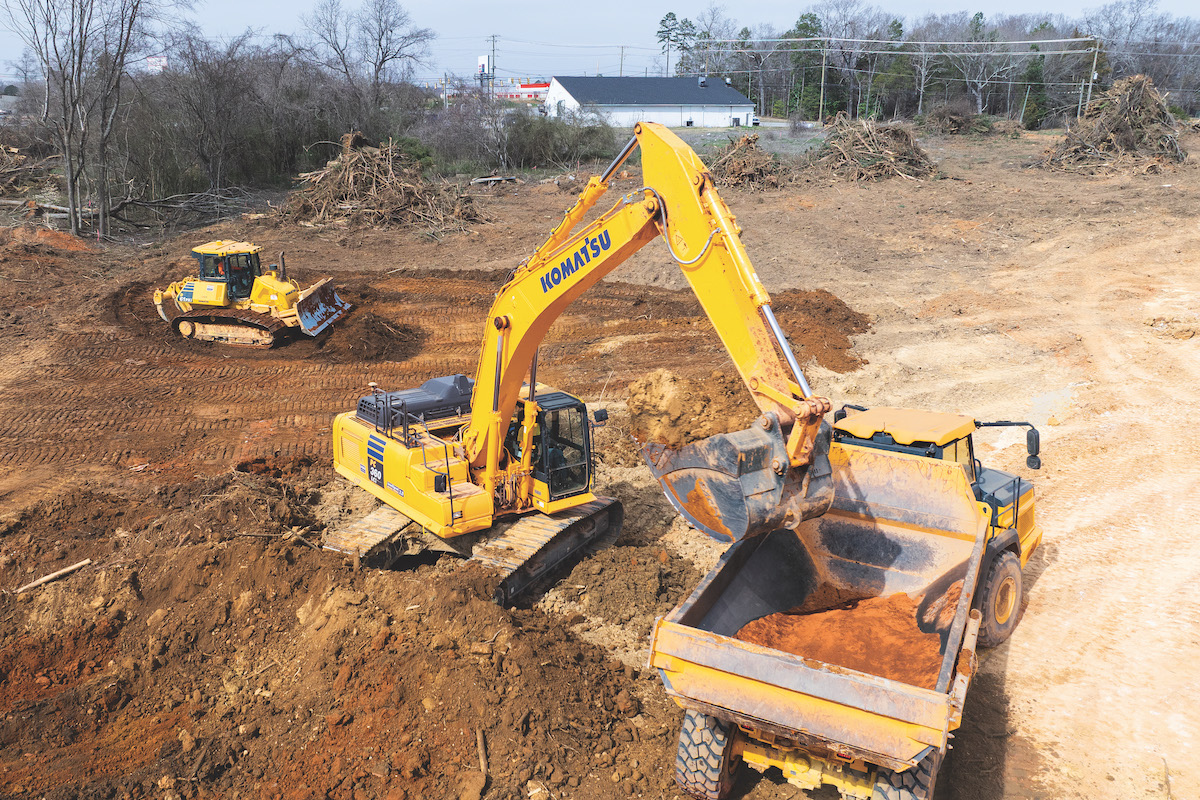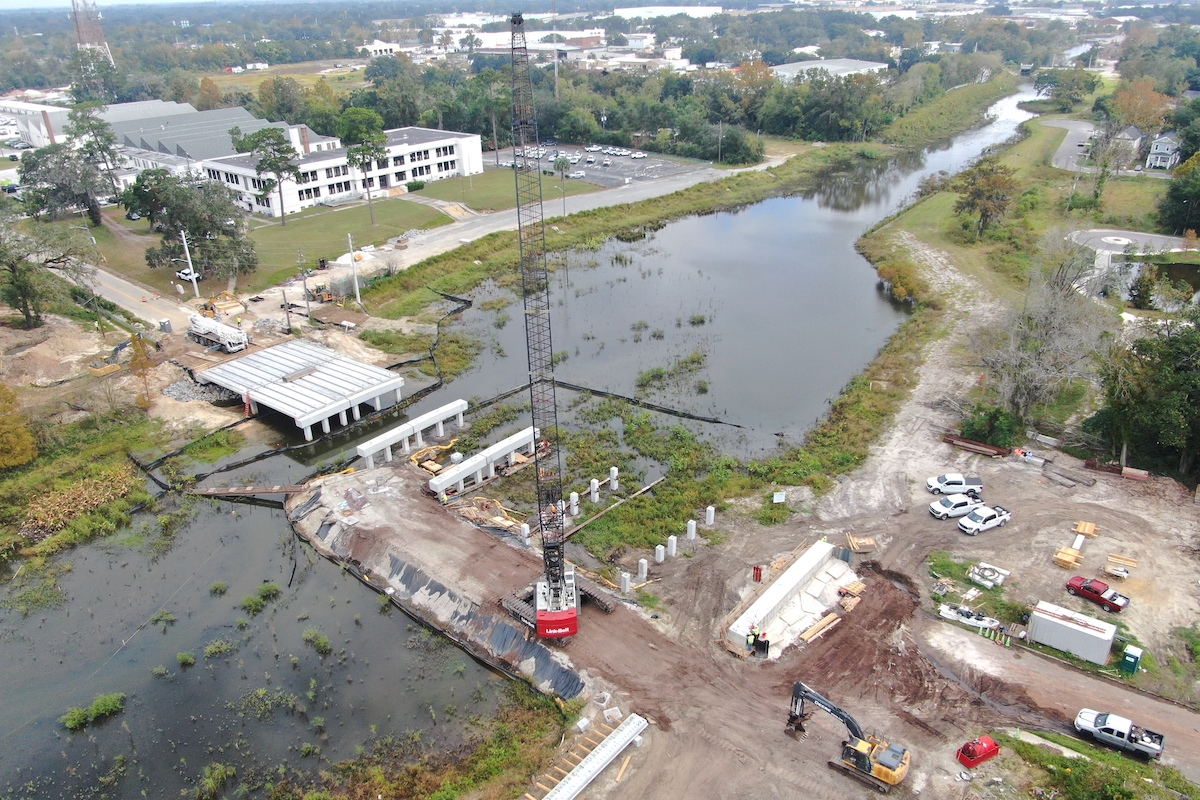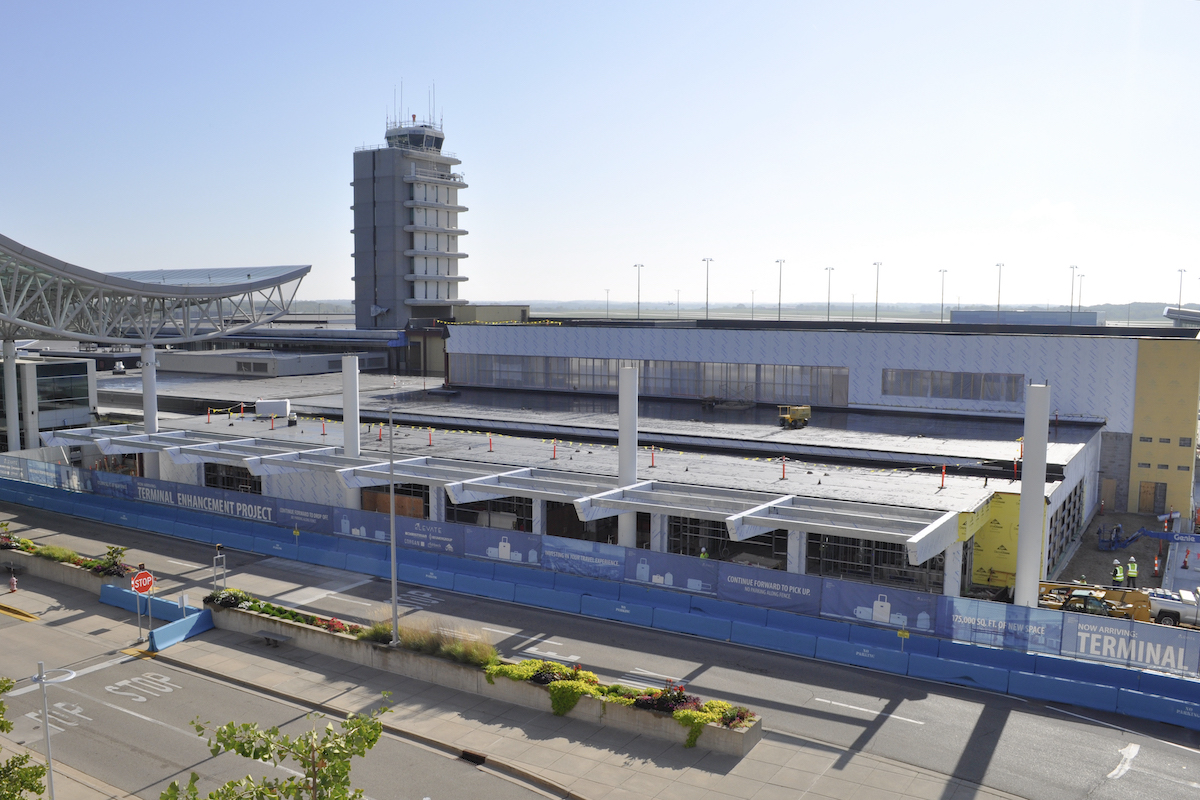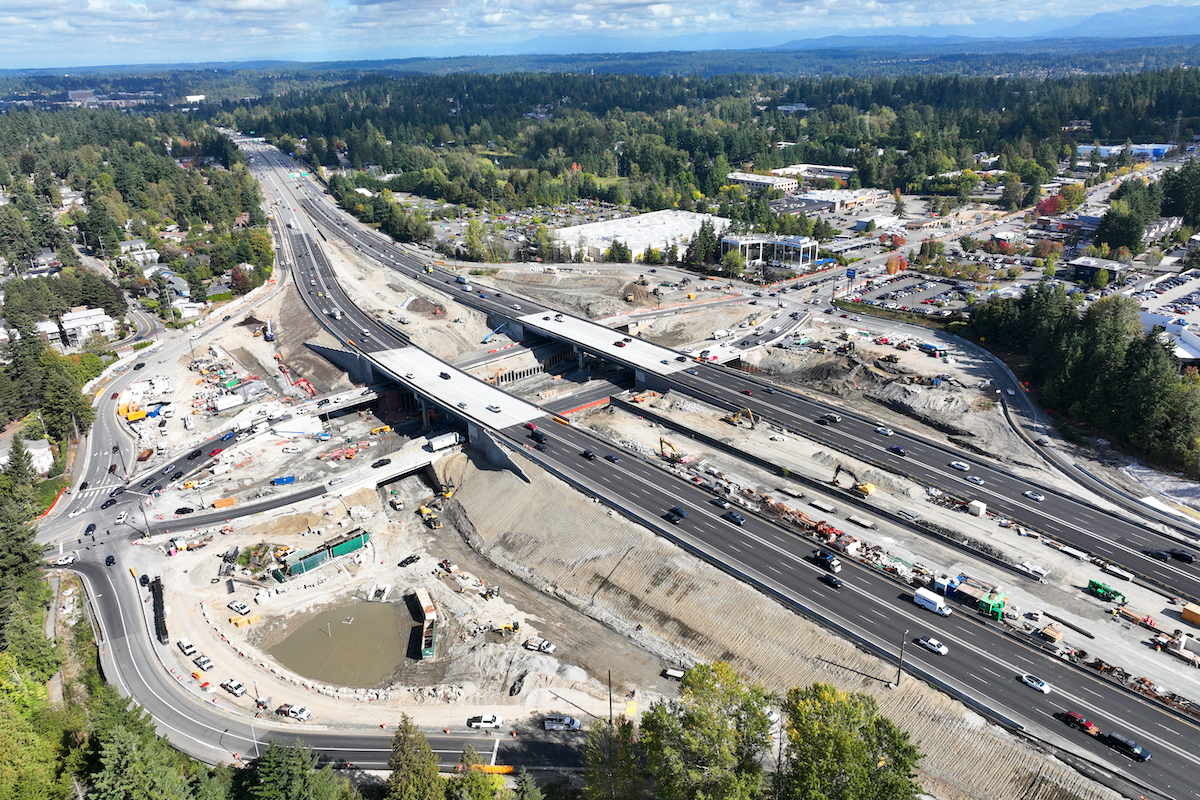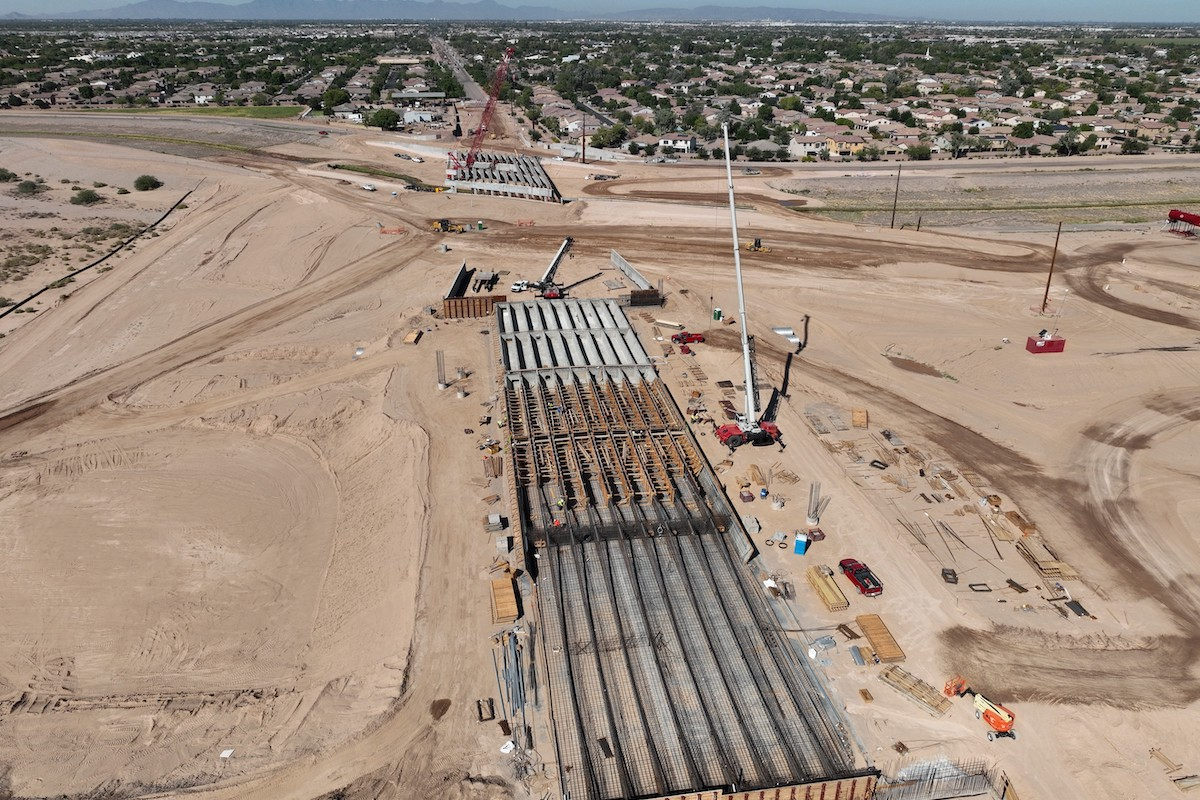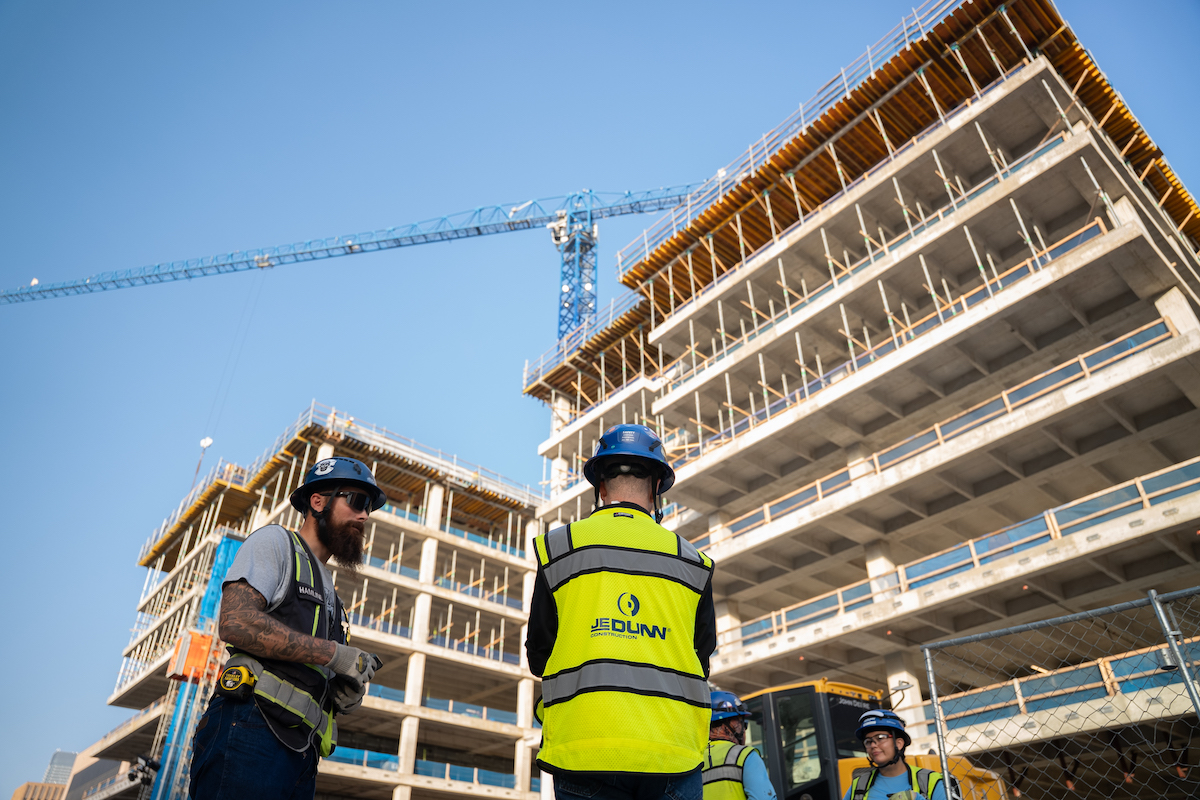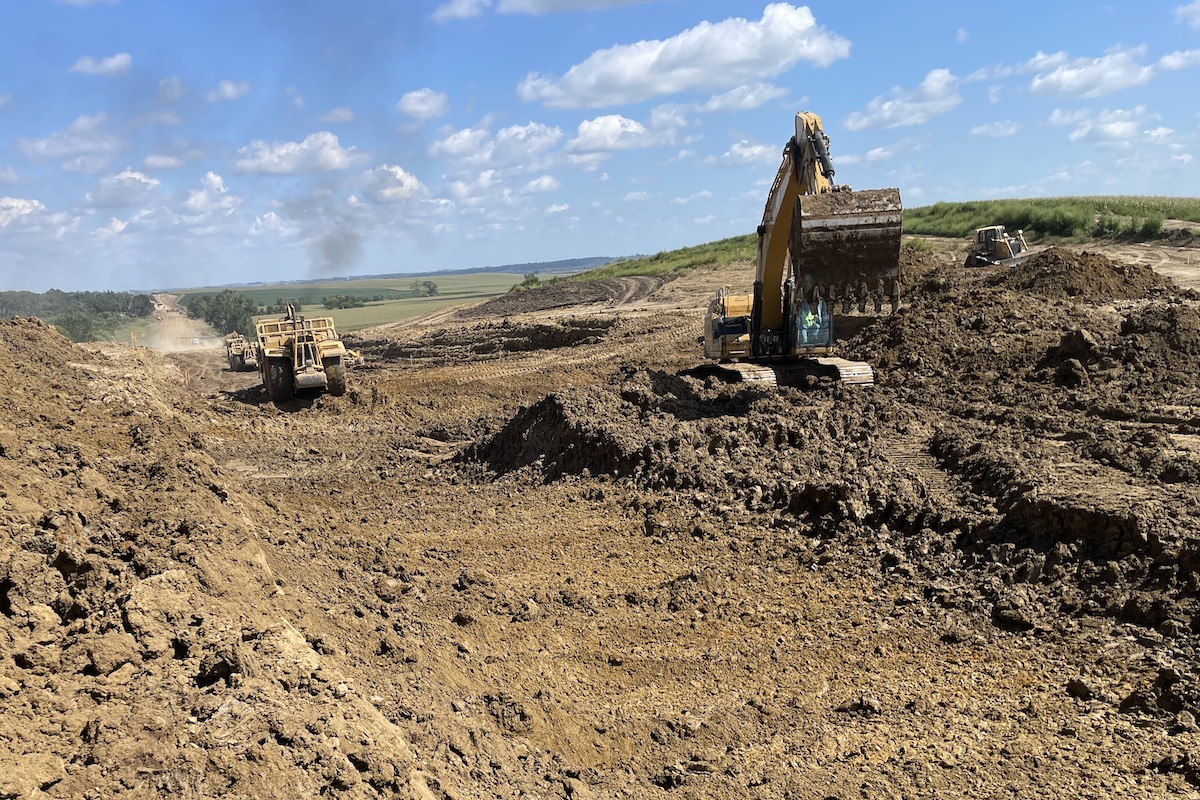The Arizona Department of Transportation (ADOT) is powering toward the completion of its largest-ever urban freeway reconstruction project.
The Broadway Curve Improvement Project is ADOT’s over $800 million solution to alleviate the traffic congestion and travel times through the heart of the metro-Phoenix region. It runs adjacent to Sky Harbor International Airport and is one of the busiest stretches of Interstate 10 (I-10) in Phoenix.
ADOT is working with four municipalities: the City of Phoenix, the City of Tempe, City of Chandler, and the town of Guadalupe, as well as the local Maricopa Association of Government’s (MAG) Metropolitan Planning Organization and the Federal Highway Administration (FHWA).
For construction, ADOT partnered with Broadway Curve Constructors, a joint venture including Pulice Construction of Scottsdale, Arizona; FNF Construction of Tempe, Arizona; and Flatiron Constructors of Broomfield, Colorado. T.Y. Lin International Group, with offices in Scottsdale, Arizona, serves as the engineer of record. Other engineers are Stanley Consultants and Aztec Engineering Group, both of Phoenix.
Active construction of the four-phase project began in July of 2021.
“We are currently in the last of the four phases, which is good news,” said Marcy McMacken, ADOT Community Outreach Project Manager/Public Information Officer. “The projected completion date is in spring of 2025, so we're coming up to that rather quickly.”
The Maricopa Association of Governments (MAG), who planned and funded the Regional Transportation System in Maricopa County and sections of Pinal County, developed the Broadway Curve project to reduce travel times on I-10 during peak hours; improve airport access; support ridesharing and transit; and prepare the region for future growth projections.
“This was needed to be done in order to keep up with the rapid growth in the area,” McMacken said.
The project was identified in the MAG Regional Transportation Plan and funded by the half-cent sales tax Maricopa County voters approved in 2004 through Proposition 400. Additional funding is being provided by FHWA.
According to ADOT, an average weekday during peak travel periods sees over 300,000 vehicles travel through the Broadway Curve area, and it is expected to increase by 75,000 motorists by the year 2040.
ADOT opted to utilize the public-private partnership (P3) statute to procure, design, and build the project.
“A P3 opens up the innovation valve, so the industry can step up and utilize different materials, construction techniques, and project phasing that can’t always be done in more traditional delivery methods,” said Amy Ritz, ADOT, Project Manager.
While reconstructing one of the busiest stretches of I-10, the team has faced a number of complications. With over 4,000 businesses along the project corridor, many were going to be impacted by the project.
“The biggest challenge the team faced was trying to rebuild the busiest section of freeway in ADOT’s system, while maintaining the original number of lanes,” ADOT Construction Manager Julie Gadsby said.
In May 2022, the project team scheduled work on the Guadalupe Road bridge over I-10, which required the closure of I-10 in both directions.
The detour route took motorists to westbound U.S. 60 to get around the closure. However, a very large city of Tempe water main broke under U.S. 60, creating extensive flooding and damaging the road surface, along with closing the road for repairs for several days.
“Without a viable detour available, crews again pivoted and rescheduled work, exhibiting the ability to modify their construction work plans,” McMacken said.
Additional flooding occurred in the spring of 2023 when water was released through the Salt River Project.
According to ADOT, work to widen the I-10 bridge over the Salt River halted because crews could not conduct work in the river bottom while water flowed in the Salt River. The project waited four months for the water to completely drain before work could continue on the newly widened portion of the I-10/Salt River bridges.
Prior to the flooding, crews were able to successfully complete the work that they had already started and placed barriers around the work that they had completed, to protect it from as much water damage as possible.
“They had a lot of water, I think a lot of rain up in the mountains that prior winter,” McMacken said. “So they had to release the water, but we were able to salvage the work that we completed already and just picked up where we left off four months later.”
Between July and December 2024, the project opened the area’s first Collector Distributor (CD) roads.
These new roads run parallel to I-10 in both directions through the Broadway Curve area, between Baseline Road and 40th Street in order to separate the mainline I-10 traffic from the traffic that is entering and exiting the freeway through this area.
Currently, the I-10 and U.S. 60, and the I-10 and SR-143 interchanges are located very close to each other.
“Because of this, a lot of lane changing and weaving took place in this area as motorists were transitioning from one of these freeways to another one, and that’s where we saw traffic congestion and longer commute times,” McMacken said.
“Constructing these CD roads will reduce the amount of lane changing and weaving, as well as reduced traffic congestion and travel times, creating a safer driving experience in the Broadway Curve area,” she added. “We're going to have over 20 lanes, so it's going to be really wide and it's going to help a lot with that traffic congestion.”
Workers have recently completed several flyover ramps at I-10 and SR-143, as well as several bridges.
“We've had over 21 bridges throughout the 11-mile project that have been either reconstructed or completely built from the ground-up,” McMacken said.
Two of the main bridges, the Broadway Road Bridges and the 48th Street Bridges, that cross over I-10 were completely replaced. Other bridges, such as the I-10 bridge over the Salt River, are being widened.
Other significant bridge work resides on the southern end of the project, the Guadalupe Road Bridge over I-10.
“That bridge had to be widened another 10 feet to accommodate the pedestrians, cyclists, and equestrians that actually use that bridge because that bridge connects a well-traveled hiking and equestrian and bicycle trail called the Sun Corridor Trail,” McMacken said.
In stage four, the new, multi-use bridges between Broadway and Baseline Roads will be completed and will open to the public, and crews will complete lighting, landscape, and signage work throughout the project.
Given the size of the Broadway Curve infrastructure plan and its large number of partners, ADOT’s communication efforts became an increasingly important aspect of the project.
“This project requires very close coordination with our project partners,” McMacken said. “It sees a lot of traffic to and from the airport, and we had to do this project while working to limit impacts on motorists, as well as people who live and work in the area.”
“It was a challenge keeping all our partners up to date on every aspect of the project, the construction schedule, the weekly restrictions, and closures of I-10. ... We only closed the freeway completely on the weekends, never during the week,” she added.
When the construction team developed plans to remove three bridges — the 48th Street bridges and the one Broadway Road Bridge over I-10 — over the course of a single weekend, it required a massive freeway shutdown. The ADOT team chose to share, explain, and educate the public through an event that would not only provide their project partners with an inside look into what goes into taking bridges down, but also offer the public an opportunity to see.
“That was a lot to do,” McMacken said. “That included breaking the bridges down and removing all the debris in order for traffic to be able to travel that following Monday.”
According to ADOT, they recognized a need to be transparent about the construction process and its impact on drivers, businesses, residents, and local jurisdictions. Survey data from a quarterly public input survey showed email, local media, and social media were the most-preferred platforms for reaching intended audiences. Project leadership also wanted to provide firsthand experiences to engineering students to help prepare them for careers in the industry.
“Our goal was to let the public know, and our project partners know, why we had had to close the I-10 freeway,” McMacken said. “This was a closure of both directions through that busy area, and that was a first for the project. We had to communicate with the public on why we were making it really inconvenient for them.”
ADOT developed a robust social media strategy that included sharing videos and aerial images of the bridge removal process to give the public a live look at the demolition.
“We planned on offering in-person project tours for our project partners, but then we also created a virtual experience for the public who wouldn't be able to be there in person,” McMacken said.
According to McMacken, tens of thousands of people were able to participate in the event via digital mediums and the media, while key stakeholders and students received a front row seat to witness the action. They reported high engagement and desire for future opportunities of the kind.
The project is nearing completion, bringing improved safety and traffic flow to one of the state’s busiest corridors.
“ADOT would like to thank the project partners — FHWA, MAG, City of Tempe, City of Phoenix, City of Chandler, Town of Guadalupe, and Valley Metro — for their collaboration and team coordination for this project,” McMacken said. “We would also like to thank all the subcontractors for their help with the project, from environmental, design, and construction. They all did a great job.”
The project is expected to be completed before the end of June 2025.
Photos courtesy of the Arizona Department of Transportation













